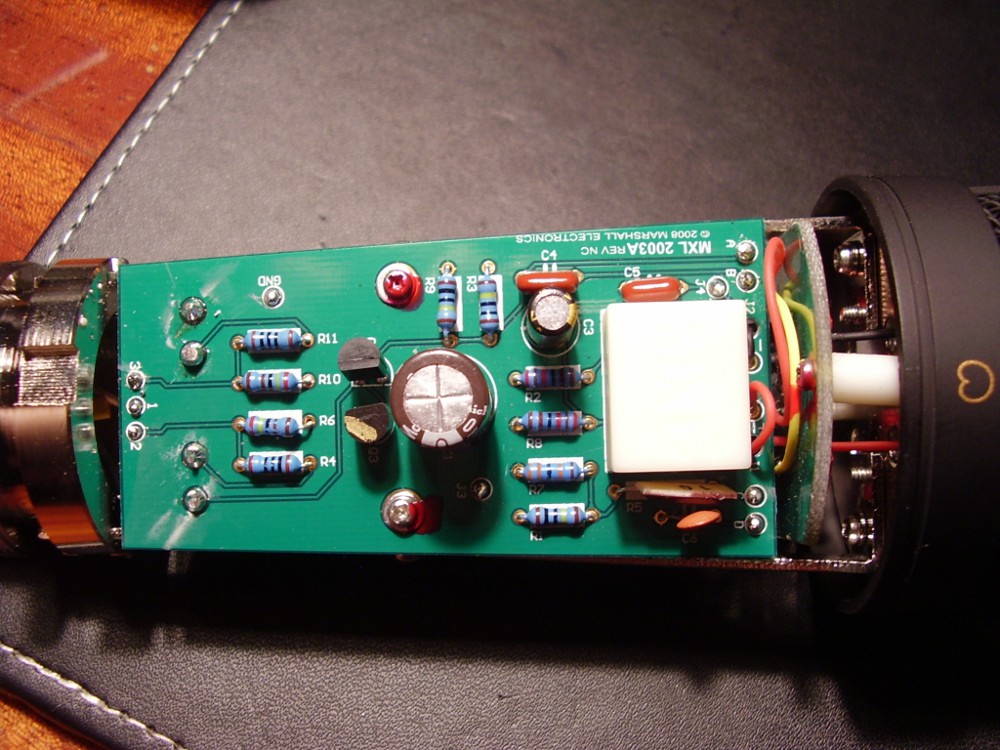I can also take some high quality photos on the Guts if "we" can figure it out this way.. Appreciate your time, Thanks






tchgtr said:
If you want a donor mic, use something with one of the brass-ringed capsules (U-67 style), and not the white-ringed ones (RK-47 style). At the very least, save the capsule from this mic and put it in something else. It's not great, but better than the ones found it the 2001, V67g, 9000, etc, to my ears.


http://www.proaudiodesignforum.com/forum/php/viewtopic.php?f=6&t=153&p=4574&hilit=cyril+bateman#p4574Maliq said:I tryed to look up Cyril Batemans but its seems like his page or yahoo blog is down..
Maliq said:Thanks Ricardo, i will try to read it when i find some time.. and thanks, wit every sentence i'm learning a lil bit more..
I talked to a electronic engineer from mouser, he also told me some interesting stuff, but no matter what: THERE IS NOTHING YOU CAN DO WITHOUT A DATASHEET
also, there is noway to meassure the specifications of a Cap..uf's, temperature and so on.. and without this data, there is noway to replace those caps with high quality caps
and as a bussy Artist, i can't get to deep into electronics, changing a Capsule, a Cap and soldering ok.. but when i see all that uF, pF etc..it just scares me off.
so back to my basic Question, is there a DATASHEET for the MXL 2003a, at least, i can learn from it.. Thank you guys
Enter your email address to join: